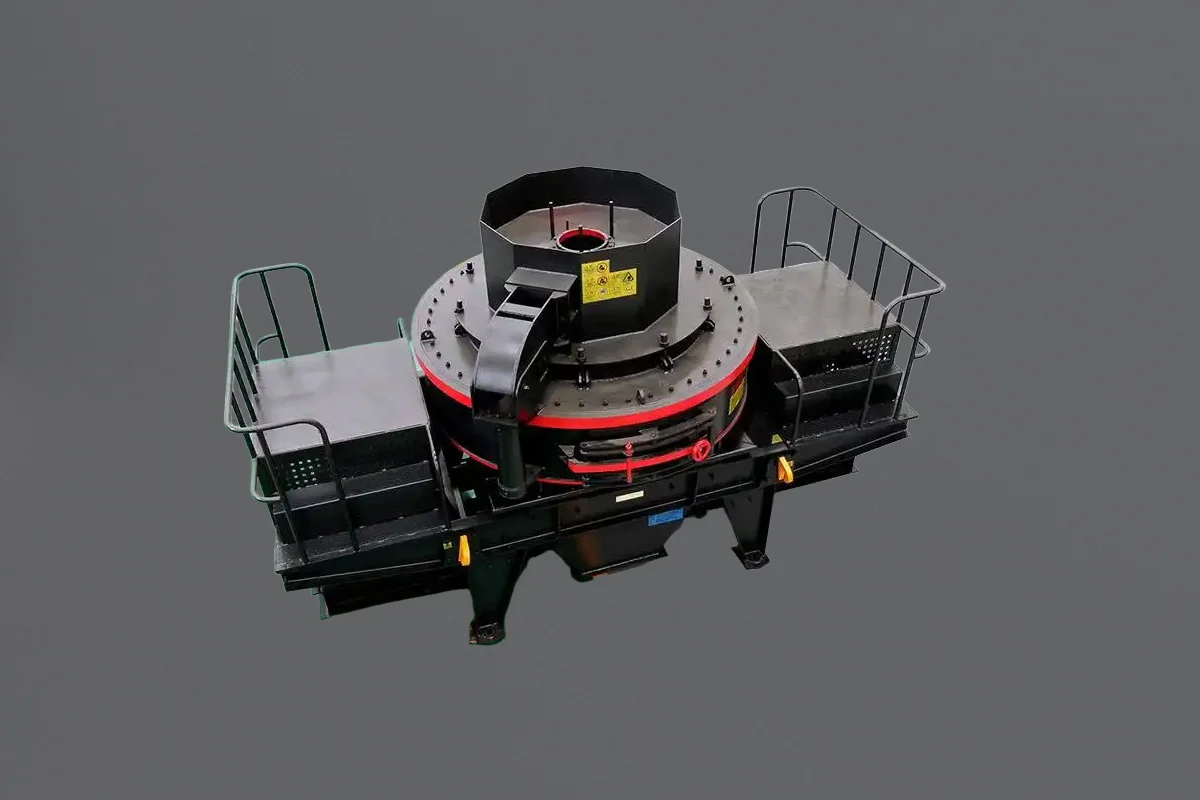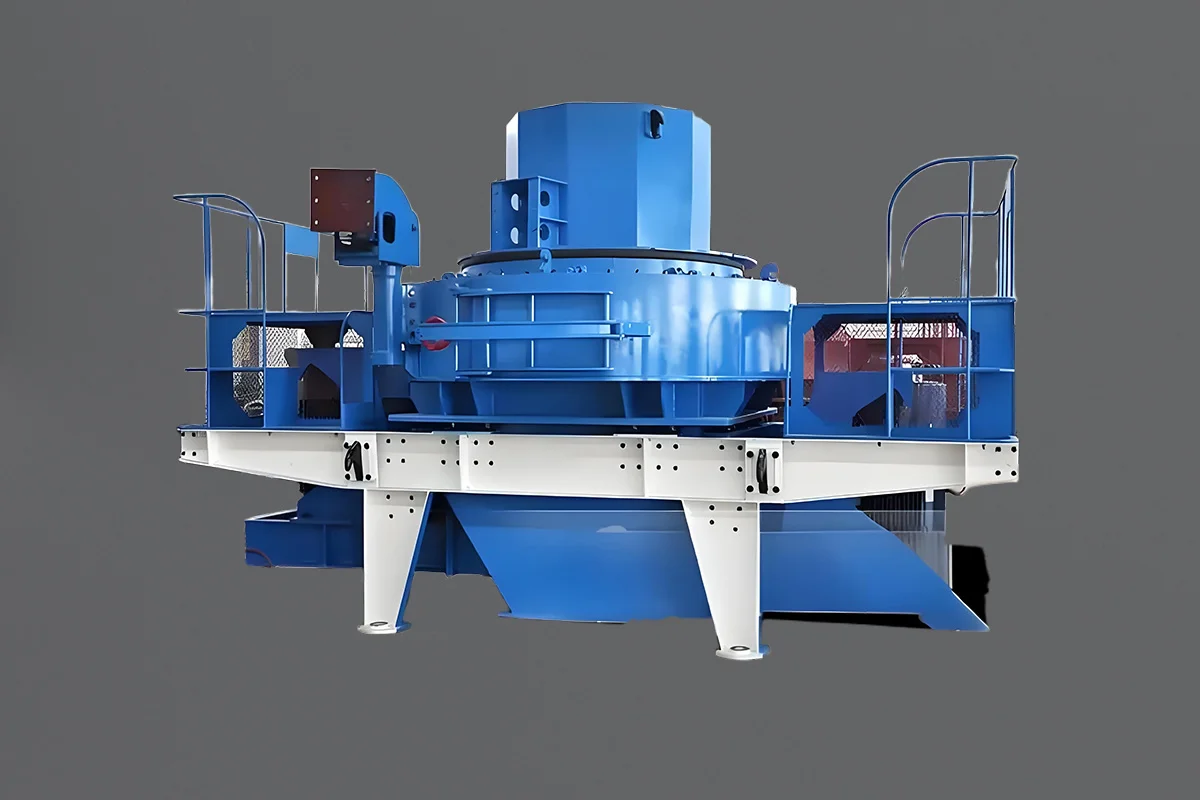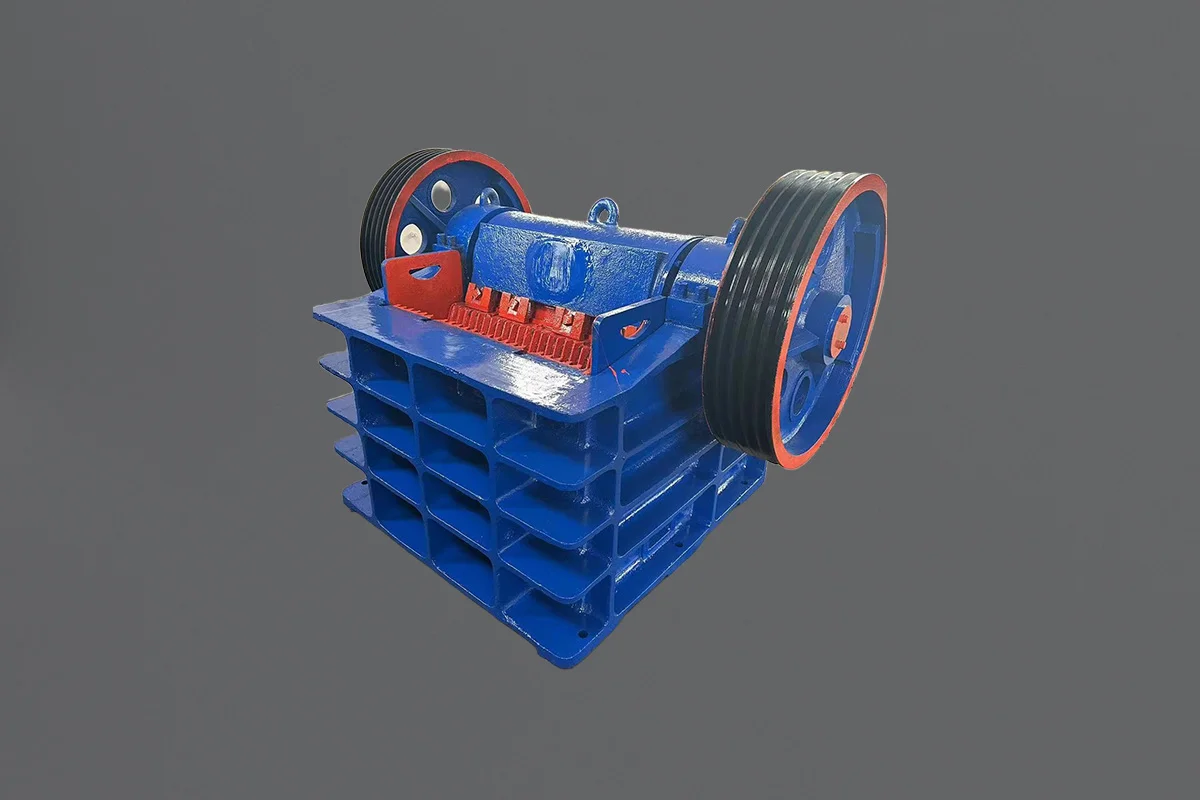Introduction
DHT hammers are critical components in metal crushers, responsible for crushing hard materials like scrap metal, ores, and construction waste. However, their dual requirement for high toughness (to resist impact) and extreme wear resistance (to withstand abrasion) creates a manufacturing challenge. Traditional uniform heat treatment often fails to balance these properties, leading to premature failures such as cracking or rapid wear.
This article explores segmented heat treatment—a specialized process that selectively hardens the hammer’s working surface while softening the shank (handle) area. By adopting this method, manufacturers can achieve a hardness of 56–58 HRC on the hammer face (for wear resistance) and 38–42 HRC on the shank (for toughness), significantly extending service life.
The Critical Role of Differential Heat Treatment in Hammer Durability
Crusher hammers in mineral processing systems face a paradoxical engineering challenge:
- Wear surfaces require extreme hardness (56-58 HRC) to resist abrasion from materials like granite and basalt
- Hammer handles/shanks demand toughness (38-42 HRC) to withstand repetitive impact forces up to 2,500 J
- Traditional monolithic hardening creates dangerous stress concentrations at the hardness transition zone
Industry data reveals that 68% of premature hammer failures stem from improper heat treatment gradients (NIST Materials Database, 2023). This article decodes the optimized two-stage thermal protocol developed by Hefei Cement Research Institute, proven to triple hammer service life in field tests.
Material Science Foundations for DHT Hammers
The success of differential heat treatment hinges on precise alloy composition:
Chemical Formula (Weight %):
| Element | Range | Function |
|---|---|---|
| C | 0.40-0.45 | Base hardness formation |
| Cr | 2.5-4.5 | Carbide stabilization |
| Mn | 0.8-1.2 | Hardenability enhancement |
| Si | 0.8-1.0 | Deoxidation & strength |
| Cu | 0.3-0.5 | Corrosion resistance |
| S/P | <0.05 | Ductility preservation |
Critical Insight: The chromium-carbon ratio maintains (Fe,Cr)₃C carbides without forming brittle Cr₂₃C₆ phases that promote crack propagation.
Stage 1 – Precision Surface Hardening (56-58 HRC)
Step 1: Controlled Austenitization
- Temperature: 880-940°C (Material-specific within range)
- Duration: 35 minutes per 25mm thickness
- Atmosphere: Endothermic gas (5% CO, 20% CO₂, 75% N₂)
Pro Tip: Use IR pyrometers to monitor real-time temperature gradients – ±15°C variation causes 12% hardness fluctuation.
Step 2: Quenching Protocol
| Parameter | Specification | Rationale |
|---|---|---|
| Medium | Fast oil (ISO VG 68) | Achieve 130-150°C/s cooling |
| Immersion Time | 30-50s | Limit martensite formation |
| Agitation | 1.2-1.5m/s propeller | Eliminate vapor barrier |
Critical Control: Maintain oil temperature at 60-80°C – every 10°C increase reduces the cooling rate by 18%.
Stage 2 – Toughness Optimization for Hammer Shanks (38-42 HRC)
Step 1: Localized Tempering
- Temperature: 280-320°C (Higher than standard 250°C)
- Duration: 90s/mm thickness + 30% safety factor
- Method: Induction coil targeting shank region
Advanced Technique: Implement R.R. Moore rotating-beam test simulations to validate fatigue resistance.
Step 2: Stress Relief Protocol
- Heat shank to 350°C (Below lower critical temp)
- Force-air cool at 3-5°C/s
- Perform magnetic particle inspection
Data Point: Proper stress relieving reduces microcrack density by 83% (ASM Handbook Vol 4D).
Avoiding the 4 Most Costly Heat Treatment Errors
Error 1: Inadequate Phase Separation
- Symptom: <5 HRC difference between face/shank
- Solution: Use thermal barrier coatings during localized hardening
Error 2: Carbide Precipitation
- Symptom: HRC drops >3 points after 48h operation
- Prevention: Maintain quenching delay <8s after austenitization
Error 3: Hydrogen Embrittlement
- Symptom: Intergranular cracks in shank region
- Fix: Post-quench baking at 190-210°C for 4h
Error 4: Residual Austenite Formation
- Symptom: Gradual hardness loss >1 HRC/week
- Solution: Sub-zero treatment at -70°C for 2h
Quality Validation & Field Performance
Lab Test Results:
| Property | Face | Shank | Standard |
|---|---|---|---|
| Hardness (HRC) | 57.2±0.8 | 40.3±1.2 | ASTM E18 |
| Charpy Impact (J) | 14 | 52 | ISO 148-1 |
| Wear Rate (cm³/Mg) | 0.08 | N/A | ASTM G65 |
Field Data from Cement Plants:
- Baseline (65Mn Steel): 320 service hours
- Optimized Treatment: 1,150-1,400 hours
Critical Challenges & Solutions
1. Preventing Cracks at the Transition Zone
The boundary between the hardened face and softened shank is prone to stress concentration.
- Solution:
- Use a gradual hardness gradient by differential cooling.
- Apply shot peening to the transition zone to induce compressive stresses.
2. Minimizing Distortion
Uneven heating/cooling can warp the hammers.
- Solution:
- Use fixtures to clamp the hammer during quenching.
- Optimize heating rates (≤100°C/hour for thick sections).
Quality Assurance & Testing
- Hardness Mapping:
Measure hardness at 10–15 points across the hammer to ensure uniformity. - Metallographic Analysis:
Check for carbide distribution (ASTM E112 grain size standard). - Field Testing:
Monitor wear rates in real-world conditions (e.g., crushing scrap steel).
Conclusion
Segmented heat treatment revolutionizes DHT hammers performance by harmonizing hardness and toughness. Manufacturers can deliver hammers that withstand the harshest crushing environments by mastering localized heating, quenching, and tempering while minimizing failure risks.
For crusher operators, investing in segmented heat-treated hammers translates to higher productivity, lower replacement costs, and a stronger bottom line.





